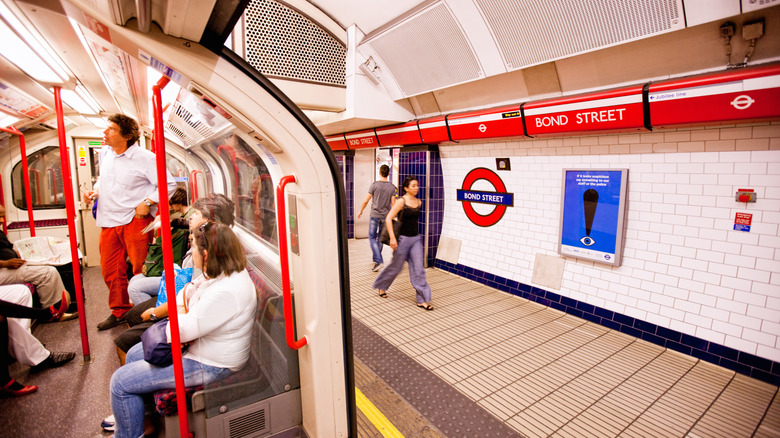Studies Show The World's 'Best City Of 2026' Is A Vibrant Destination In The Heart Of Europe
For the 11th year in a row, London has been named the world's best city for 2026 by Resonance Consultancy. According to its 2026 World's Best Cities Report, London ranks first in prosperity, second in lovability, and third in livability. The study methodology incorporates data from an Ipsos survey of over 21,000 people across 31 countries on where people most want to visit, live, and find work. London also claimed the title of the world's best city of 2025 for being the most walkable and iconic European vacation destination, beating out New York and Paris.
The study blends hard data with user-generated content and social media analytics, like Google Trends, Facebook check-ins, and location-tagged Instagram posts. Only major cities with populations over 1 million were included, and performance metrics were applied across 30 categories like green spaces, public transportation, GDP, and airports.
Using these metrics, the report analyzed livability (quality of life), lovability (culture and social scenes), and prosperity (business growth and large companies). Prosperity is where London excelled relative to the other cities. Metrics include GDP per capita, employment rates, education, and airport improvements. London also attracted international travelers, whose spending reached almost $22 billion in 2024, an increase from the previous year.
London's strengths are its livability, lovability, and prosperity
For livability, Resonance Consultancy scores cities based on a variety of factors, including walkability, public transportation access, parks and green spaces, and other quality-of-life metrics. London has more than 3,000 parks to explore. One prime example is Walthamstow, touted as London's best neighborhood to live in with its unique arts, incredible eats, and greenery. Since first being elected mayor in 2016, Sadiq Khan has already invested £30 million (about $39 million) in improving the public parks and green spaces. City leaders have launched projects like the Grow Back Greener Fund, which, from 2020 to 2023, planted community trees and enhanced urban nature. According to a 2025 study by Compare the Market, London ranked sixth among the world's most walkable cities, thanks to its vast network of walking trails.
London's lovability shows in its thriving art community, evolving dining culture, and electric nightlife. Highly rated museums, art galleries, and new restaurants are popping up everywhere. This is reflected in the influx of Instagram photos, TikToks, and Facebook check-ins showing the city's newest hotspots. One illustrative area is Shoreditch, once an industrial quarter that is now the epicenter of London's thriving art scene.
As for restaurants, the Michelin Guide lists a whopping 357 London-area restaurants, including starred and recommended eateries. But you don't have to spend big to enjoy the food scene. There are many quirky, themed, and sustainable dining spots, including Silo, billed as the world's first zero-waste restaurant. You'll also find affordable street-food markets scattered across the city, such as the Berwick Street Market, Lower Marsh Market, Brixton Village Market, and Borough Market (which features over 100 stalls). At these markets, you can find everything from Nepalese dumplings to authentic Pakistani dishes.
London outperforms other cities in its investments, business, and infrastructure
For years, London Gatwick Airport was considered one of Europe's most stressful airports. But that reputation is being addressed, with the U.K. government approving a £2.2 billion plan (about $2.8 billion) for the airport's Northern Runway expansion, along with other projects to improve terminals and amenities. Meanwhile, projects such as the Elizabeth line enhance connectivity — linking outer boroughs, central London, and major airports — which helps residents and visitors get around the city more easily.
London is also investing in social and green infrastructure. Mayor Sadiq Khan's administration aims to fully decarbonize the city's transport system by 2030, and progress is already underway through the Healthy Streets Approach, designed to make public transit more efficient and environmentally friendly. In North London, projects like the Camden Highline – an almost mile-long elevated greenway built from an old railway viaduct — are also in the works.
What's more, a study by real estate agency Beauchamp Estates (via Newsweek) revealed that Americans account for 25% of high-end home purchases in the city, a sign of London's strong corporate presence, steady stream of investments, and sizeable American diaspora. But the city is also enhancing what it offers to international visitors, which is also important to its economy. According to London and Partners' Tourism Vision, the goal is to improve the overall tourist experience by encouraging visitors to stay longer and explore more of the city's culture, neighborhoods, and everyday life.


